
Hasht Behesht Palace Isfahan
A jewel of Safavid architecture, this 17th-century palace enchants with intricate tilework and a serene garden setting.

Highlights
Must-see attractions

Social
From TikTok & Reddit
Best Time
Fewer crowds, soft light

Hasht Behesht Palace Isfahan
Best Time
Fewer crowds, soft light

Highlights
Must-see attractions
A jewel of Safavid architecture, this 17th-century palace enchants with intricate tilework and a serene garden setting.
"A beautiful historical gem in the heart of Isfahan, perfect for a quiet stroll and photography."
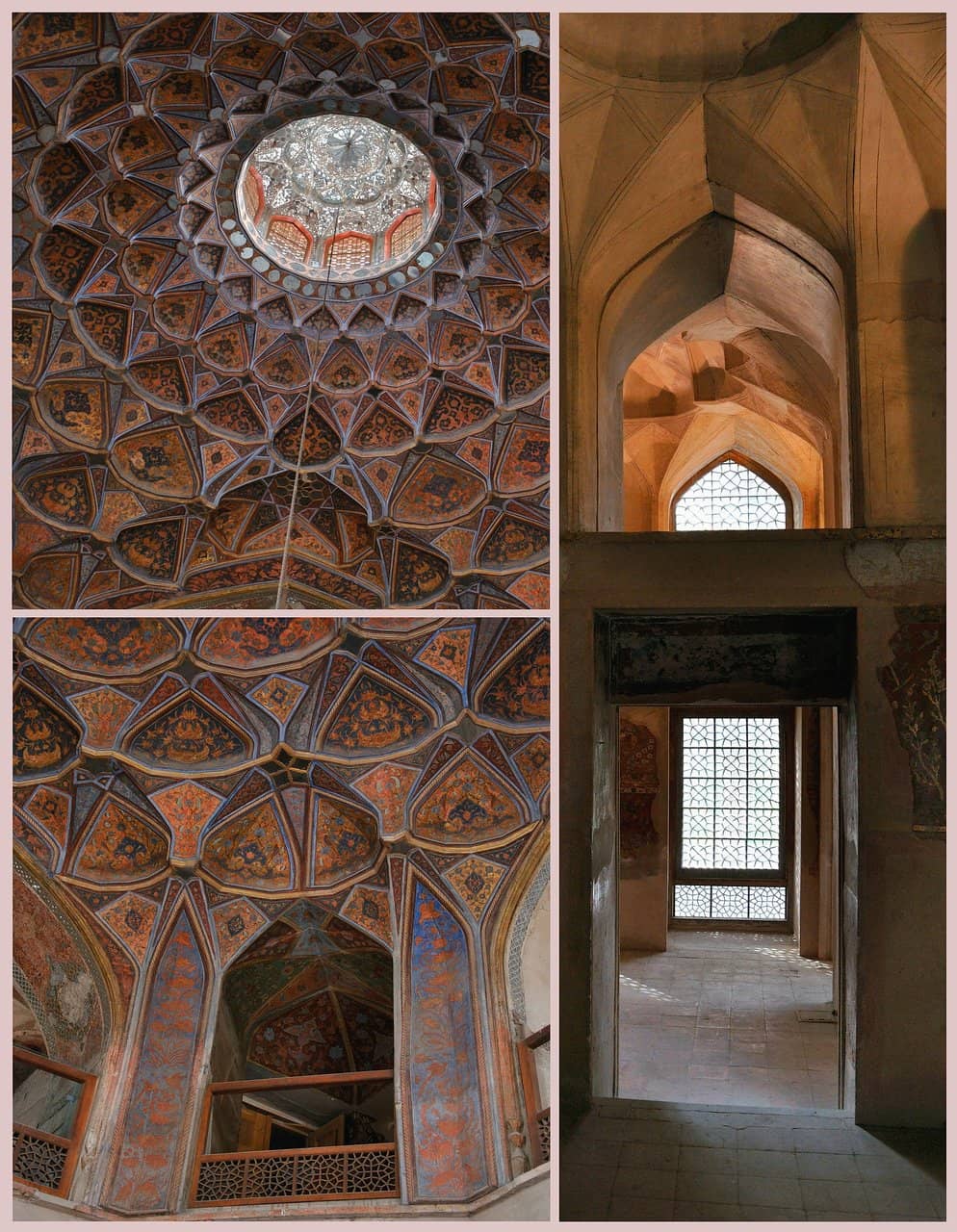
Allow ample time
Don't rush! Spend at least 1.5 hours to truly appreciate the details and gardens. :clock1:
Look up!
The ceilings are adorned with stunning artwork. Keep your eyes peeled for intricate details. :eyes:
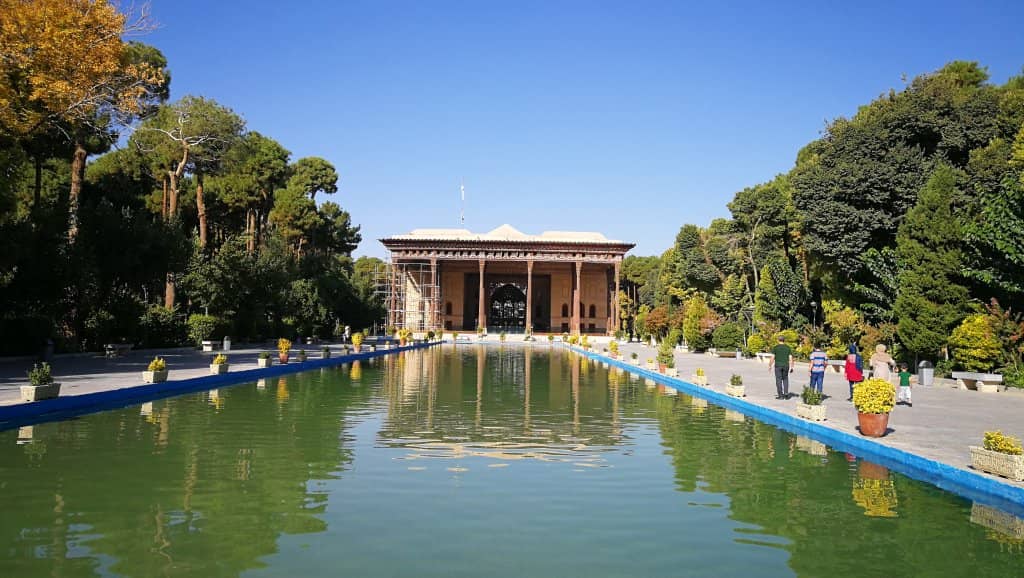
Highlights
Discover the most iconic attractions and experiences
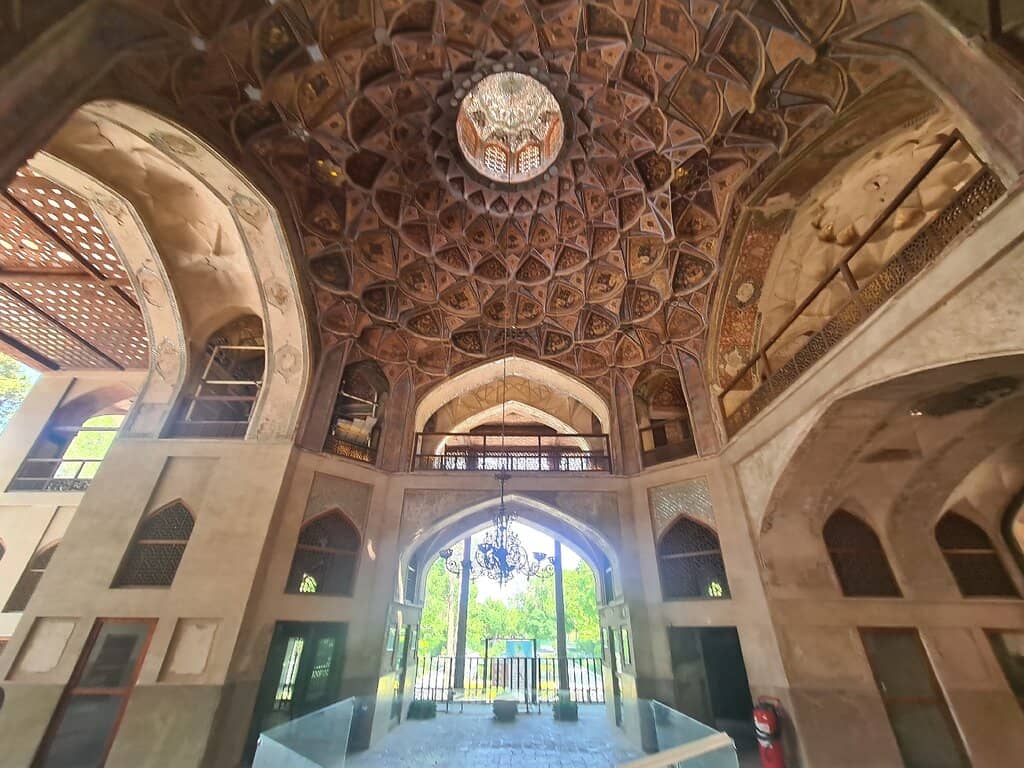
Intricate Tilework and Frescoes
Interior walls and ceilings
Marvel at the vibrant, detailed tile mosaics and delicate paintings that adorn the palace's interior.

Octagonal Design
Palace structure
Appreciate the unique octagonal layout, symbolizing the eight paradises of Islamic cosmology.
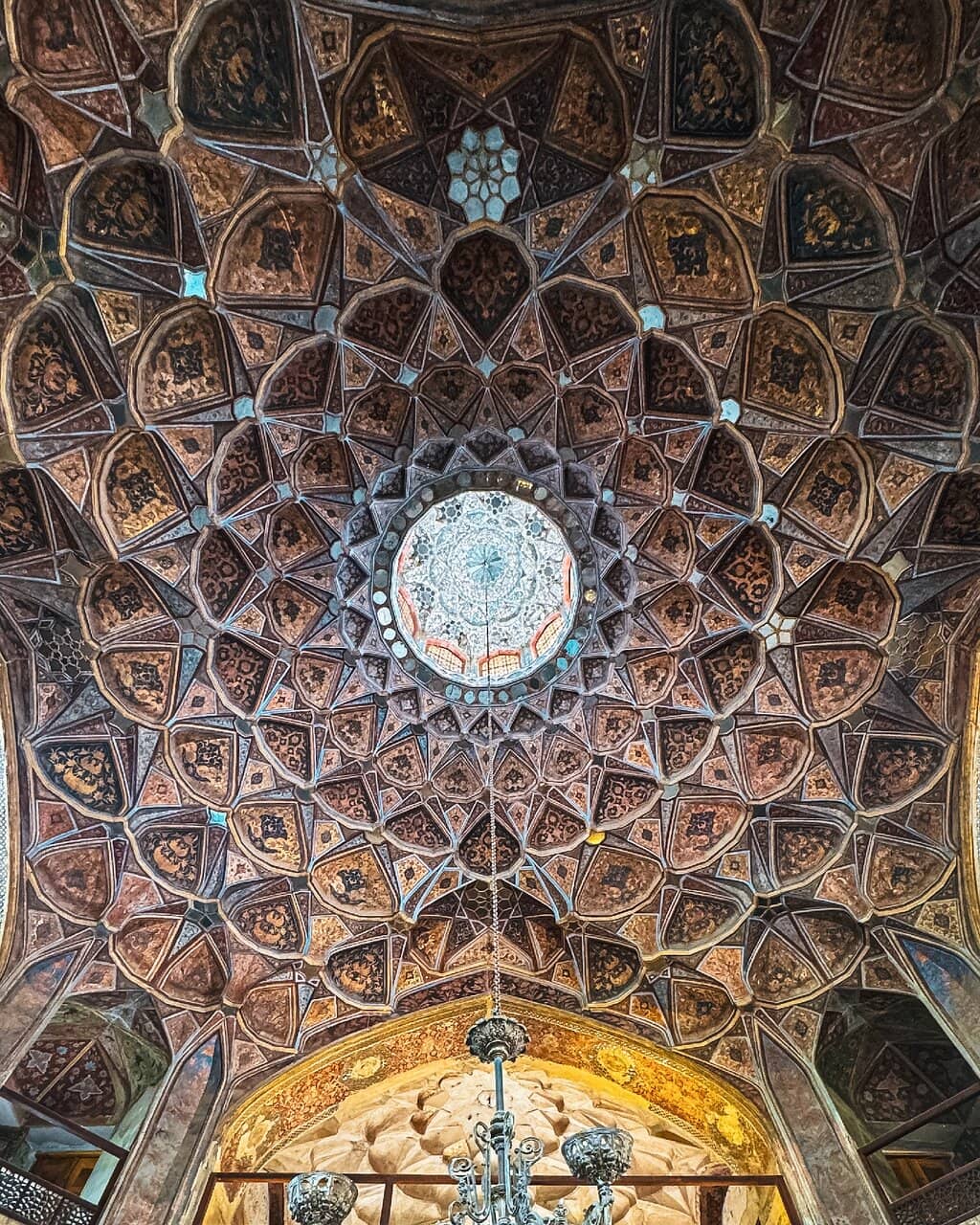
Surrounding Gardens
Palace grounds
Stroll through the peaceful gardens, once part of a larger royal complex, offering a serene escape.
Plans like a pro.
Thinks like you
Planning Your Visit
Timing is Key for Tranquility
Embrace the Details
Best Times
Insider Tips
from TikTok, Instagram & Reddit
Allow ample time
Don't rush! Spend at least 1.5 hours to truly appreciate the details and gardens. :clock1:
Look up!
The ceilings are adorned with stunning artwork. Keep your eyes peeled for intricate details. :eyes:
Photography is encouraged
Capture the beauty! The palace and gardens offer many picturesque spots. :camerawithflash:
Respect the history
This is a historical monument; treat it with care and reverence. :pray:
Tips
from all over the internet
Allow ample time
Don't rush! Spend at least 1.5 hours to truly appreciate the details and gardens. :clock1:
Look up!
The ceilings are adorned with stunning artwork. Keep your eyes peeled for intricate details. :eyes:
Photography is encouraged
Capture the beauty! The palace and gardens offer many picturesque spots. :camerawithflash:
Respect the history
This is a historical monument; treat it with care and reverence. :pray:
What Travellers Say
Reviews Summary
Visitors consistently praise Hasht Behesht Palace for its exquisite Safavid architecture, intricate tilework, and serene garden setting. Many appreciate its intimate scale and the peaceful atmosphere, making it a delightful escape. While some note that parts of the original structure are gone, the preserved beauty and historical significance are highly valued.
"Hasht Behesht Palace: A Journey to "Eight Heavens"
Tucked away within a beautiful garden, Hasht Behesht Palace (meaning "Eight Heavens") is a charming and intimate royal pavilion from the Safavid era. Unlike the grand, ceremonial palaces, this one was built as a private retreat, and you can feel that sense of calm and elegance as you explore it.
The palace's name comes from its unique octagonal design, which is said to represent the eight paradises of Islamic cosmology. As you walk through its open arches and balconies, you can appreciate how the architecture seamlessly connects the indoors with the surrounding lush garden.
Inside, the palace's delicate decorations are a feast for the eyes. The ceilings and walls are adorned with intricate tilework, mirrored mosaics, and beautiful paintings that reflect the sophisticated taste of the royal court.
A visit to Hasht Behesht is a peaceful and enchanting experience. It's a wonderful place to appreciate the more subtle and personal side of Persian architecture and get a sense of what a royal retreat might have felt like centuries ago."
Sana Farzaneh
"Hasht Behesht Palace – An Octagonal Jewel of Isfahan.
Hasht Behesht Palace, meaning “Eight Paradises,” is a splendid example of Safavid architecture, nestled in the historic city of Isfahan. Built in 1669 during the reign of Shah Suleiman I, it once served as a royal residence and reception hall for Safavid princes and dignitaries. The palace is set within the lush gardens of the Chahar Bagh, reflecting the Persian ideal of harmony between architecture and nature.
The building has an elegant octagonal plan, with four grand iwans (vaulted halls) and richly decorated facades. Inside, visitors admire intricate stucco carvings, colorful tilework, and delicate frescoes depicting floral and geometric motifs. Wooden lattice windows filter light into the rooms, creating a serene and refined atmosphere.
One of the palace’s most striking features is its central pool and fountain, which cooled the air and enhanced the sense of tranquility. The name “Hasht Behesht” alludes to the eight levels of paradise in Islamic cosmology, suggesting the palace was conceived as a vision of earthly paradise.
Although only part of the original structure survives today, Hasht Behesht remains a treasured monument of Isfahan’s golden age. It stands as a lasting testament to the artistry, elegance, and cultural sophistication of the Safavid dynasty."
Lefteris Stamatelatos
"Within the walls of this ancient palace, rest thousands of memories. From the magnitude of the Safavid era, where the royal family rested by the fountain, to the era of Zel-O-Soltan, the infamous son of Naser-al-din Shah, who waged terror and tyranny, when the sister of the Shah occupied the palace exclusively.
The palace has many original paintings with the subject of hunt. There is a room in the palace which has walls covered with real gold (same as Ali-Qapu palace)."
Alireza Besharatnejad
What People Like
What People Dislike
Frequently Asked Questions
🚇 🗺️ Getting There
Hasht Behesht Palace is centrally located in Isfahan, making it accessible by taxi or ride-sharing services. It's also within walking distance of other major attractions like Chehel Sotoun Palace, so you can easily combine visits. :taxi:
Yes, it's situated within the Chahar Bagh complex, a well-known area. Look for signs directing you to the palace and its gardens. :round_pushpin:
Absolutely! It's a pleasant walk from Chehel Sotoun Palace and other nearby historical sites, allowing you to soak in the city's atmosphere. :walking:
🎫 🎫 Tickets & Entry
The entry fee for foreigners is approximately 2.5 million IRR (around 4 EUR). It's a small price for a significant historical experience. :moneybag:
Information on specific discounts can vary. It's best to inquire at the ticket counter upon arrival for the most up-to-date pricing. :ticket:
Opening hours can change seasonally. Generally, it's open during daylight hours, but it's advisable to check local listings or inquire locally for the most accurate times. :clock1:
Advance booking is typically not required for Hasht Behesht Palace. Tickets can usually be purchased on-site. :credit_card:
📸 📸 Photography
Yes, photography is generally allowed inside and in the gardens. However, always be mindful of other visitors and avoid using flash if it's prohibited in certain areas. :iphone:
The central hall with its intricate decorations, the exterior facades with the garden backdrop, and the tranquil garden paths are all excellent for photography. :camera:
Early mornings and late afternoons offer the best natural light for photography, creating a warm and inviting atmosphere. :sunriseovermountains:
🎫 🏛️ Onsite Experience
Most visitors find 1.5 to 2 hours sufficient to explore the palace and its surrounding gardens thoroughly. :stopwatch:
'Hasht Behesht' translates to 'Eight Paradises,' referring to the palace's octagonal design and its symbolic representation of the eight heavens in Islamic cosmology. :star:
There are typically no dining facilities directly within the palace itself. However, you can find cafes and restaurants in the vicinity of the Chahar Bagh area. :coffee:
Inside, you'll find beautifully preserved tilework, stucco carvings, and frescoes, showcasing the exquisite artistry of the Safavid era. :art:
The palace has multiple levels and stairs, which might pose challenges for visitors with significant mobility issues. The gardens are generally more accessible. :wheelchair:
For Different Travelers
Tailored advice for your travel style
👨👩👧 Families with Kids
Consider framing the visit as a treasure hunt for beautiful patterns and colors. The story behind the 'Eight Paradises' can also be a fun narrative to share with children. While the palace itself has stairs, the garden areas are generally accessible for strollers. It's a great opportunity to introduce children to Persian history and art in a beautiful and accessible setting. :family_mm:
📸 Photography Enthusiasts
Aim for early morning or late afternoon to capture the soft, golden light that enhances the textures and colors. The surrounding gardens also provide a beautiful natural frame for the palace. Be patient, as the best shots often require waiting for moments with fewer people. The palace's historical significance and artistic merit make it a rewarding subject for any photographer interested in cultural heritage and architectural beauty. :camerawithflash: :art:
🏛️ History Buffs
Delve into the details of the tilework, frescoes, and stucco, which are prime examples of Isfahani school of design. Understanding its history, from its construction under Shah Suleiman I to its later uses, adds depth to the visit. Comparing it to other Safavid-era structures in Isfahan can provide a broader context for its importance in Iranian architectural history. :scroll: :iran:
Deep Dives
In-depth insights and expert knowledge
The Architectural Marvel of Hasht Behesht
The interior of Hasht Behesht is a dazzling display of Safavid artistry. Visitors are greeted with intricate tilework in vibrant colors, delicate stucco carvings, and beautifully preserved frescoes. These decorative elements often depict floral motifs, geometric patterns, and scenes that hint at the luxurious lifestyle of the royal court. The use of mirrored mosaics and gilded elements further enhances the opulent feel. The careful filtering of light through wooden lattice windows creates a serene and refined atmosphere, inviting contemplation and appreciation of the craftsmanship.
While much of the original expansive garden has been reduced over time, the remaining grounds still offer a tranquil setting. The presence of a central pool and fountain, historically used for cooling the air and enhancing the ambiance, adds to the palace's charm. Hasht Behesht is not a sprawling complex like some other royal residences; instead, it offers an intimate glimpse into a private royal retreat, allowing visitors to imagine the lives of Safavid princes and dignitaries who once sought solace and entertainment within its walls.
A Glimpse into Safavid Life
The palace's history also touches upon later periods, including its occupation by Zel-O-Soltan, a controversial figure from the Qajar era. This adds layers to its narrative, moving beyond its initial purpose as a royal pleasure palace. The mention of original paintings depicting hunting scenes and a room with gold leaf, similar to Ali Qapu Palace, highlights the richness and artistic patronage of the Safavid dynasty. These details provide a tangible connection to the past, allowing visitors to visualize the grandeur and activities that once took place within these walls.
Visiting Hasht Behesht is an opportunity to step back in time and appreciate the cultural sophistication of the Safavid era. It's a place where architecture, art, and nature converge to create an atmosphere of serene beauty. The palace's enduring charm lies in its ability to transport visitors to a bygone era, offering a peaceful and enriching experience that resonates with the historical and artistic heritage of Isfahan.
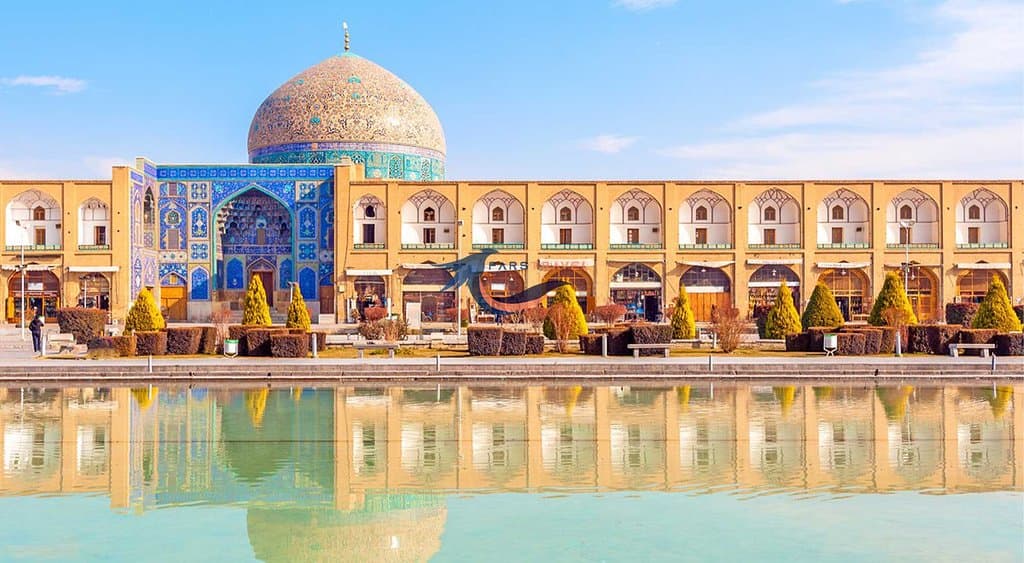
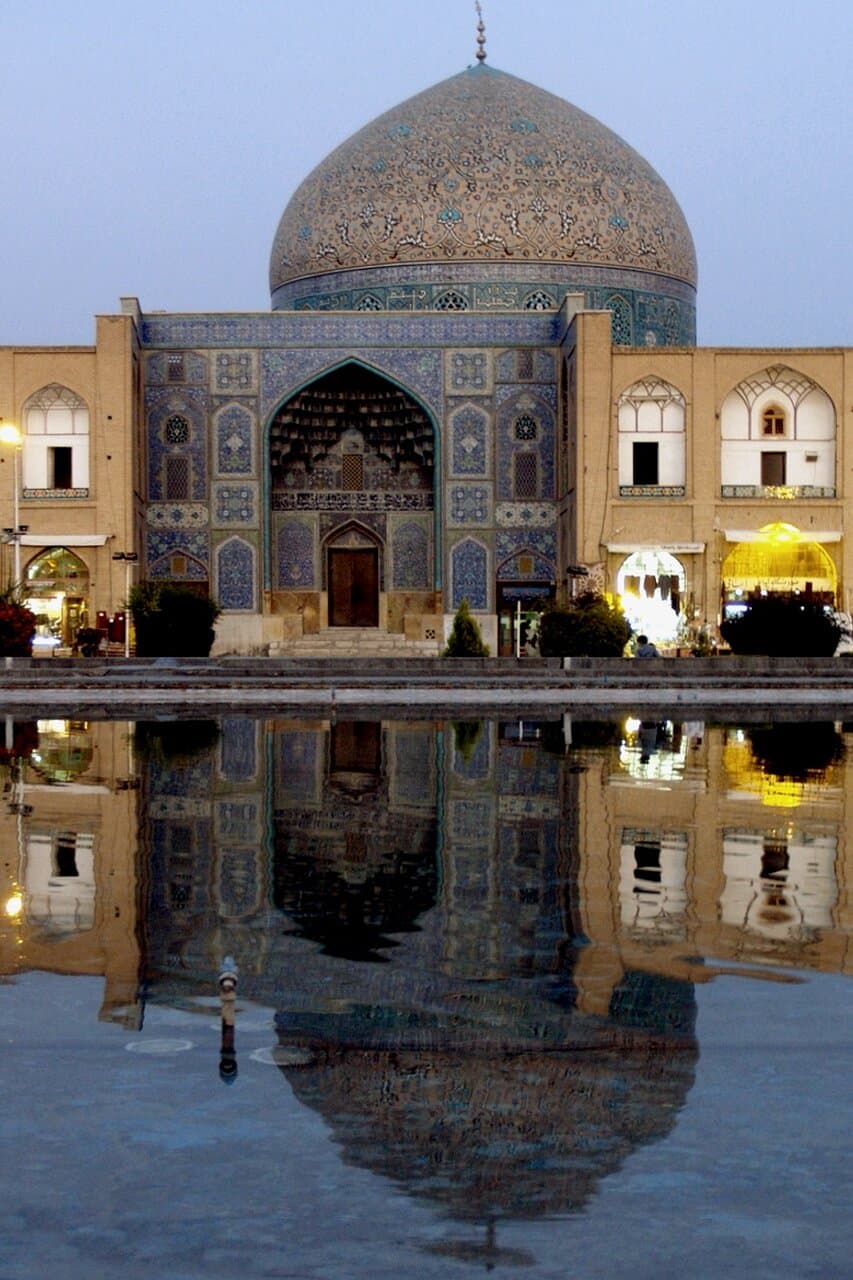
Social
from TikTok, Instagram & Reddit